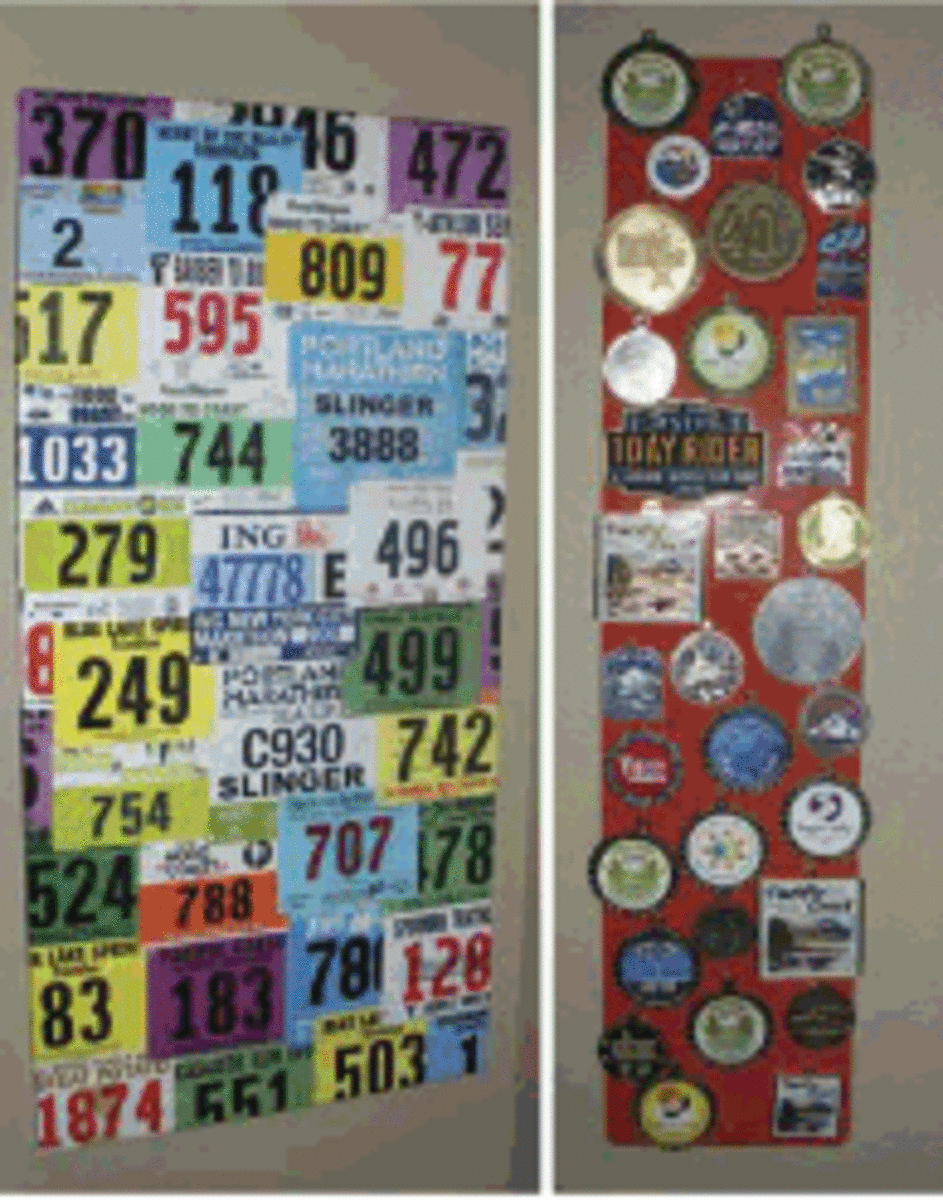7 Types of running training
There are a variety of different ways in which you can run, and the type of running you do will depend on your level of experience, your fitness, the stage you are at in your running program and the reasons you run. When you start training, the majority of your runs will be easy walk-runs, light jogging and steady runs.

Walk-run
This type of running training is ideal for beginners, allowing you to build up your running progressively at a level that suits your ability and fitness. It is a good basic aerobic workout that benefits your cardiovascular system, preparing it for the running to come.
The technique is simply a combination of paced walking interspersed with light jogging. The amount of time you spend walking and jogging can and should vary. As you get fitter, you will spend more time jogging and less time walking. Use landmarks such as lampposts, street corners, road junctions and trees as targets to jog to or walk between.
Easy runs
An easy run is a slow run or jog and it is the natural progression from the walk-run introduction. This type of running will further develop your cardio-respiratory and cardiovascular systems (heart, lungs and circulation), and improve muscle strength. As a beginner, many of your first runs will be easy runs, but as you improve you will want to – and will need to if you wish to go faster – include more challenging runs in your workouts.
Easy runs are also brilliant for active recovery – that is, when you feel the need for a break from some of your harder, faster running. They also suit days when you feel tired or lacking in motivation.
Steady runs
Steady runs teach your body to make the best use of its fuel reserves – they are good calorie burners, strengthen your muscles, ligaments and tendons and encourage your body to become more efficient at taking in and distributing oxygen to the working muscles. Along with tempo runs, intervals, fartleks and hill runs, steady runs will really improve your stroke volume (the amount of blood pumped out per heartbeat) and your cardiac output (the amount of blood pumped around the body per minute). The technique is simple: run at a pace at which you can chat to a friend.
Confidence booster
Remember that you will have both good and bad days. On good days, you will glide through your run, feeling energized, strong and powerful. On bad days, for no apparent reason, your run will be a struggle, everything will ache and time will drag. Fortunately, the good days usually far outnumber the bad ones!
Running Poll
What Types of Running You like?
Hill training
Hill training develops the capacity of the heart and lungs and is fantastic at building leg strength. In fact, it develops all-round strength – arms as well as legs – and is especially good for cross-country racing preparation.
The technique can be practised in a variety of ways. Typically, it involves running fast up a hill and jogging easily back down again, and is repeated for a specified number of ‘hill reps’. The hill can vary in gradient and length, depending on the purpose of the training session. In general, the longer the hill, the lower the gradient, and vice versa.
8 Types of Running
Speed work
Speed work trains a different energy system, which your body uses to run really fast – but only for limited periods of time. Running very quickly for a short time can help you focus on your technique and is also a good way of developing strength.
This training technique involves running as fast as you can for short amounts of time (10-60 seconds) with a long rest (2-5 minutes) between each effort. It always requires a thorough warm-up to avoid the risk of injury. The need for speed really depends upon your reasons for running and your targets. The longer the distance you race, the less vital speed training is to your running schedule. If you are running for improved health, body shape and weight management, then speed training is not really necessary, but it will add a different and exciting dimension to your running.
Top training tip
It is not necessary to include all the different types of running in your schedule, every week, all year round. As a guide, including one long run, one ‘session’(hill workout, fartlek, intervals or tempo), one steady run and one easy run in a weekly running programme provides a thorough, varied and effective plan.






